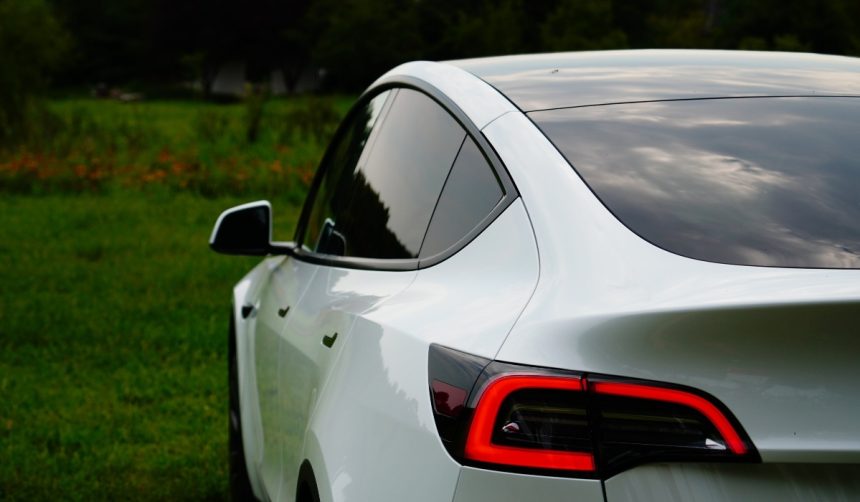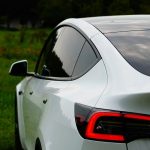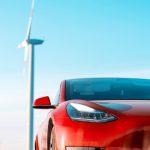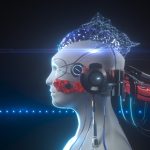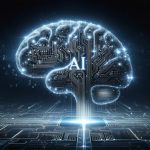Tesla’s future direction gained new focus as CEO Elon Musk disclosed work on a fourth Master Plan during the company’s most recent quarterly earnings. The anticipation of Tesla’s evolving strategy has drawn attention, especially as the brand approaches key milestones in autonomous vehicles and robotics. Industry observers are keen to learn how Musk envisions Tesla’s role in a landscape where technology pushes the limits of self-driving mobility and automation. As global trends move toward sustainability and AI integration, Tesla’s next roadmap could influence decisions across the automotive and energy sectors.
Reports previously speculated that Tesla would hold off on another long-term plan following the scale and ambition of Master Plan Part 3. Earlier coverage highlighted the difficulties and delays Tesla faced with full autonomy and widespread deployment of Robotaxi fleets. Past news also noted criticism of Tesla’s timelines and optimism surrounding product development. Today’s announcement continues the pattern of incremental updates, but introduces a new focus on life after autonomy becomes reality, raising fresh questions about how quickly the market and regulators can adapt.
How Has Tesla’s Planning Evolved?
Since publishing the first Master Plan in 2006, which set targets for the Model 3 and energy storage, Tesla has repeatedly used these documents to guide its product and technology focus. The second iteration in 2016 called for the development of a Robotaxi network, while Master Plan Part 3 proposed a global transition to sustainable energy. These blueprints have served as both internal and external signals of the company’s priorities, defining Tesla’s ambitions beyond car production.
What Do the Latest Statements Suggest About the Future?
Elon Musk indicated that his next strategic blueprint will emphasize a “post-autonomy” world, hinting at potential changes within the organization and broader industry. During the recent call, Musk stated,
“What’s going to happen over the next several years is a fundamental transformation of the company from a pre-autonomy world to a post-autonomy.”
Tesla’s chief designer Franz von Holzhausen further underscored the ongoing innovation at the company’s design studio, suggesting upcoming developments, particularly in relation to products such as the Cybercab and the humanoid Optimus robot.
Could This Plan Signal a Shift Towards “Sustainable Abundance”?
Building on the concept of a fully sustainable planet from Master Plan Part 3, Musk’s new strategy may seek to clarify how Tesla intends to deliver what he described on social media as
“the ultimate master plan of Tesla is to create sustainable abundance for all.”
If realized, this could mean further integration of autonomous services and robotics into everyday life, impacting both Tesla’s product lines and its business model.
Musk’s outlined vision continues to set ambitious targets as Tesla expands its Robotaxi service in Austin and prepares for the commercial availability of Optimus V3. While such plans have faced skepticism in the past due to aggressive timelines and technical barriers, the focus now appears to be on operationalizing earlier promises and adapting to a market shaped by autonomy and sustainable energy.
Examining Tesla’s evolving strategy reveals an ongoing effort to align product development with macro trends in autonomy and robotics. For readers tracking Tesla’s progress, the company’s future will likely depend on merging technological milestones with practical deployment, while navigating challenges in regulation and consumer adoption. Following these advances—and potential setbacks—will provide insight not only into Tesla’s trajectory but also into broader shifts in transportation and energy landscapes.

